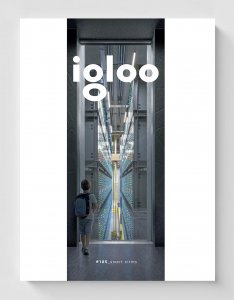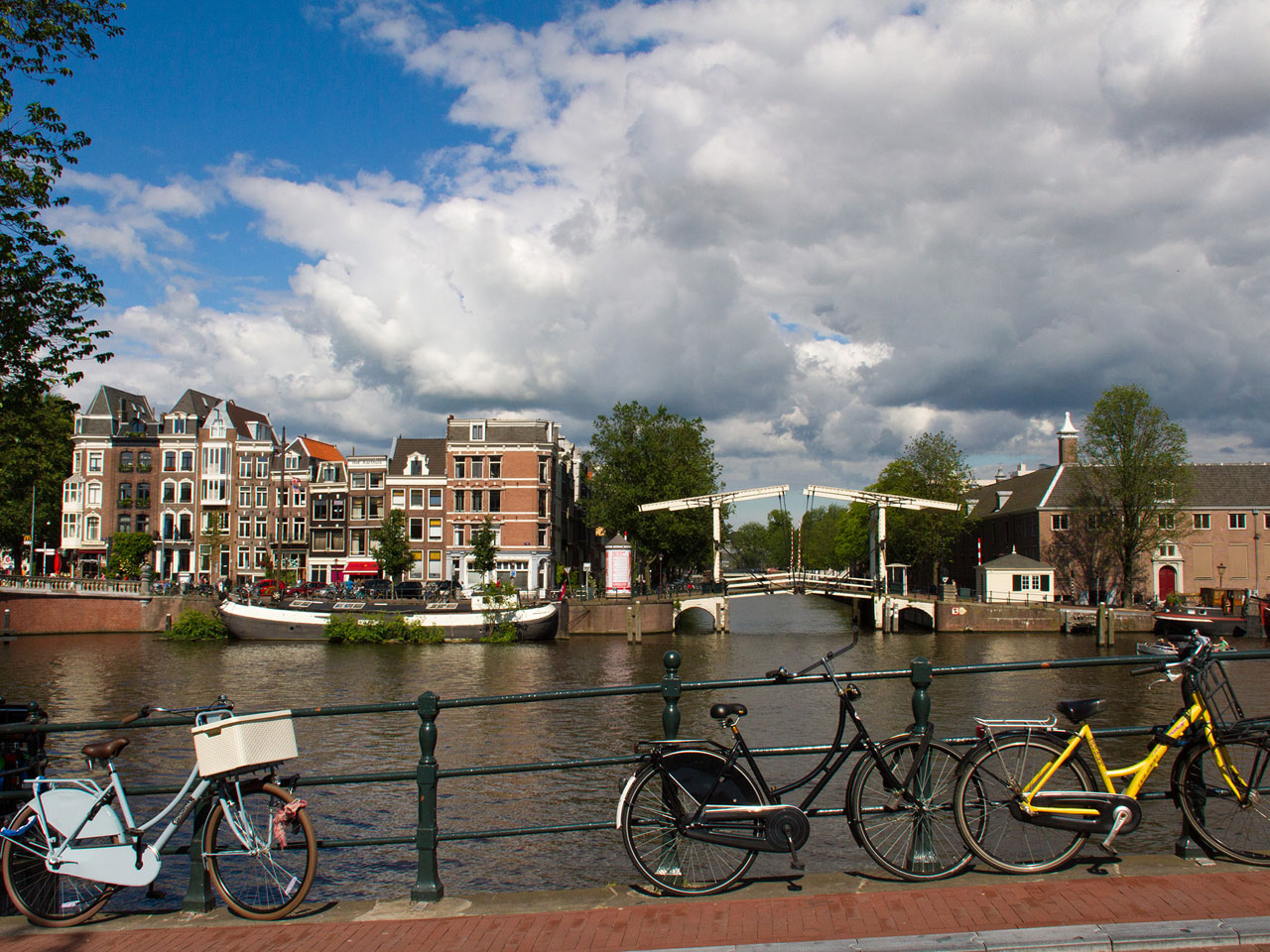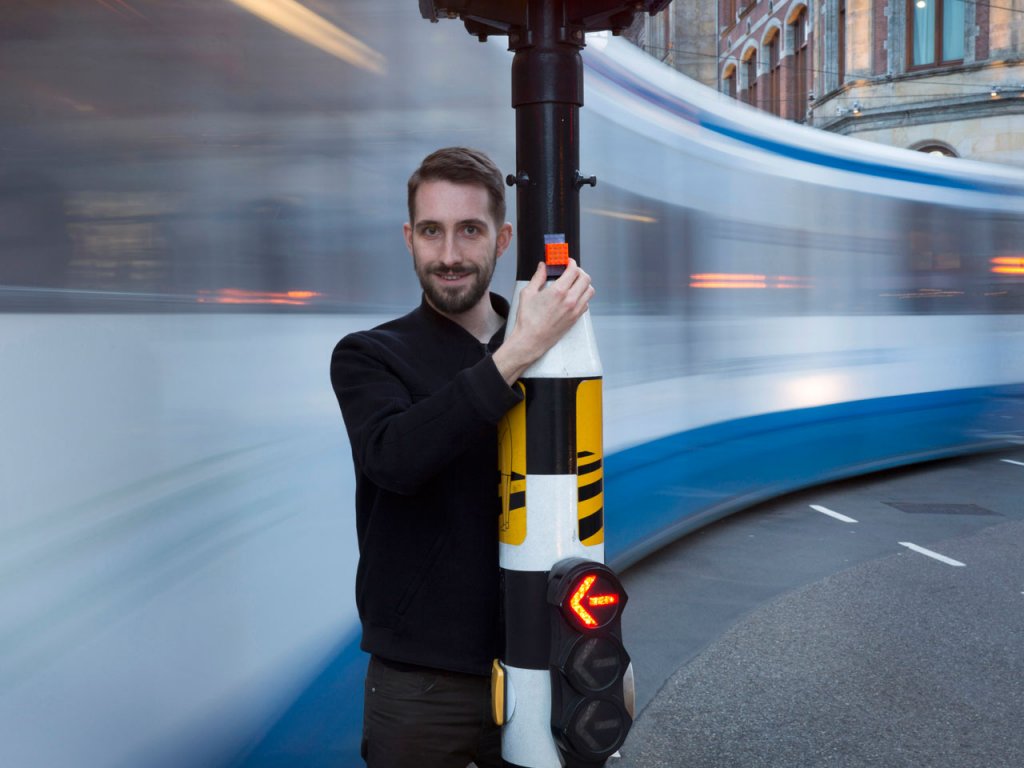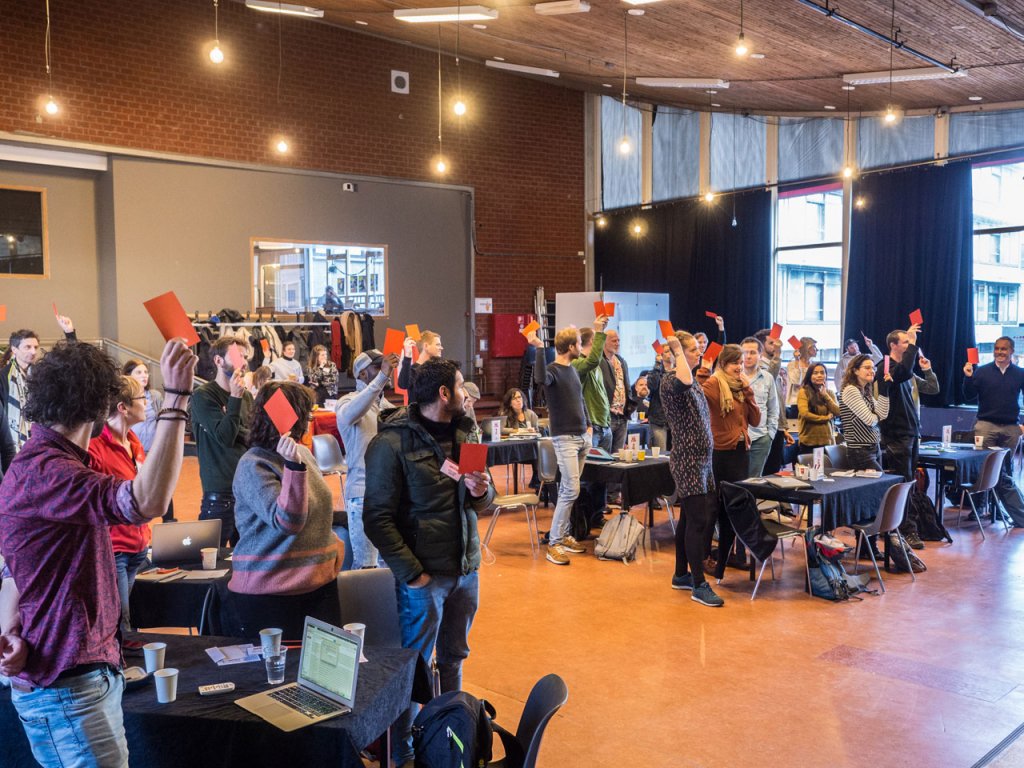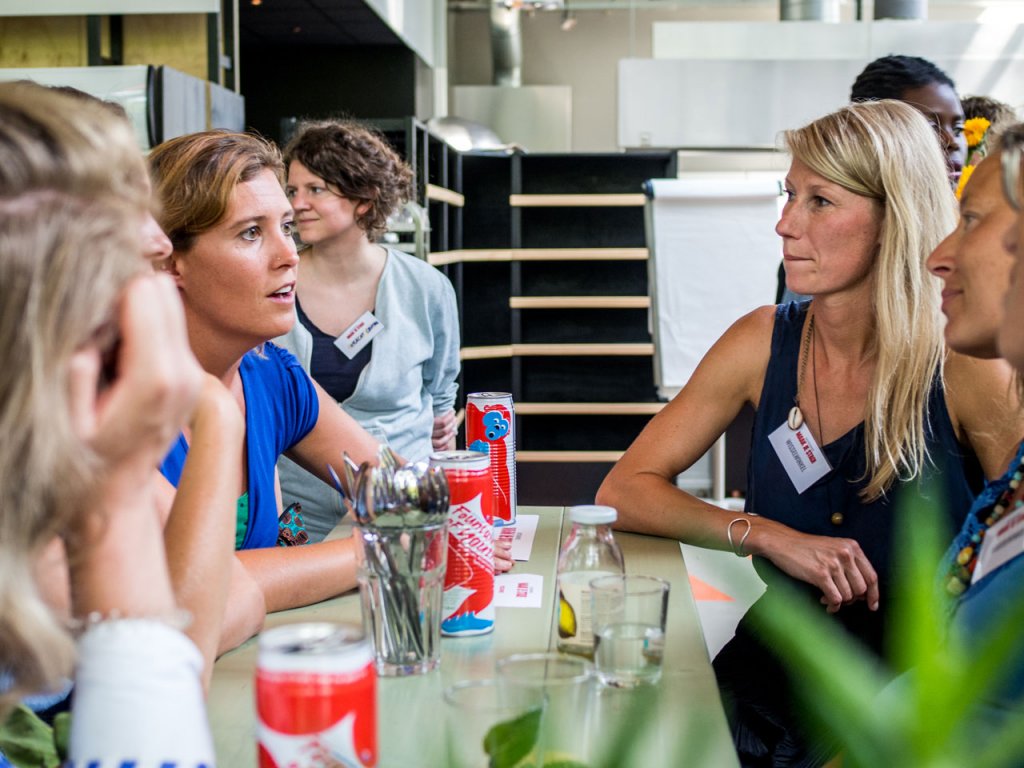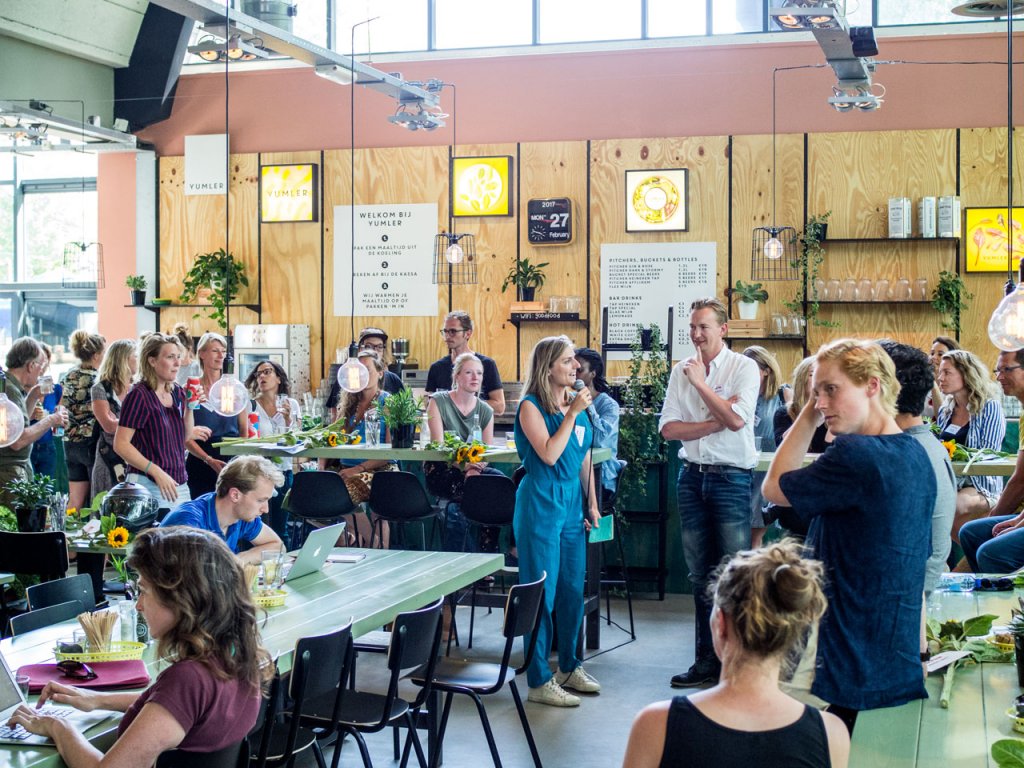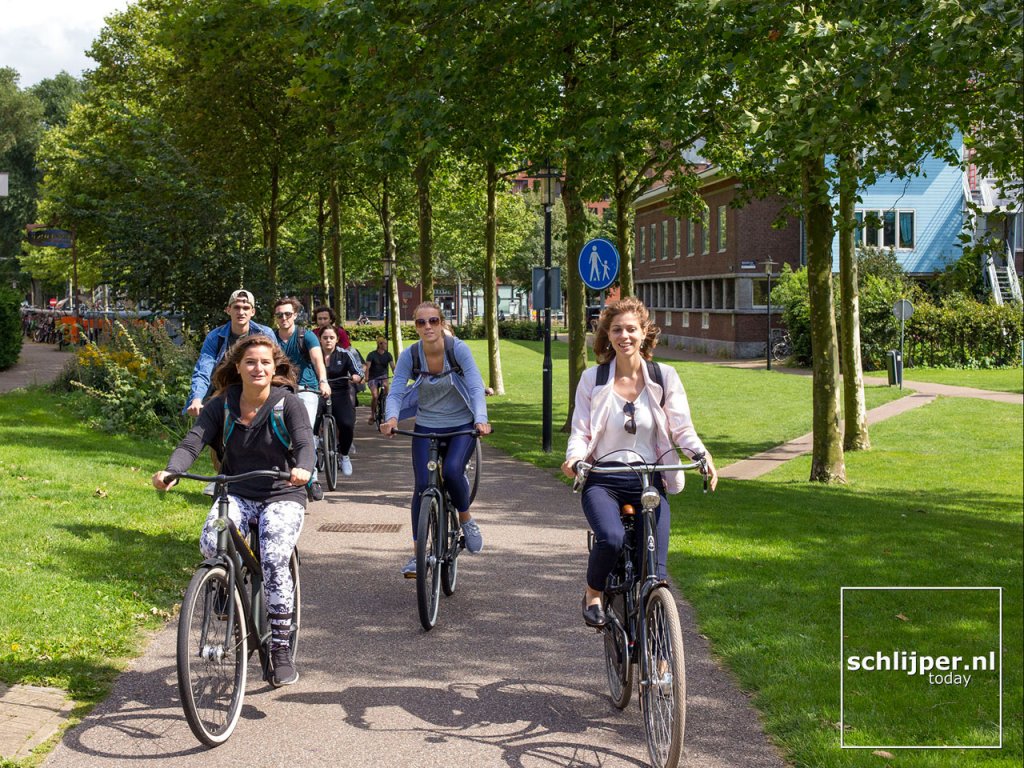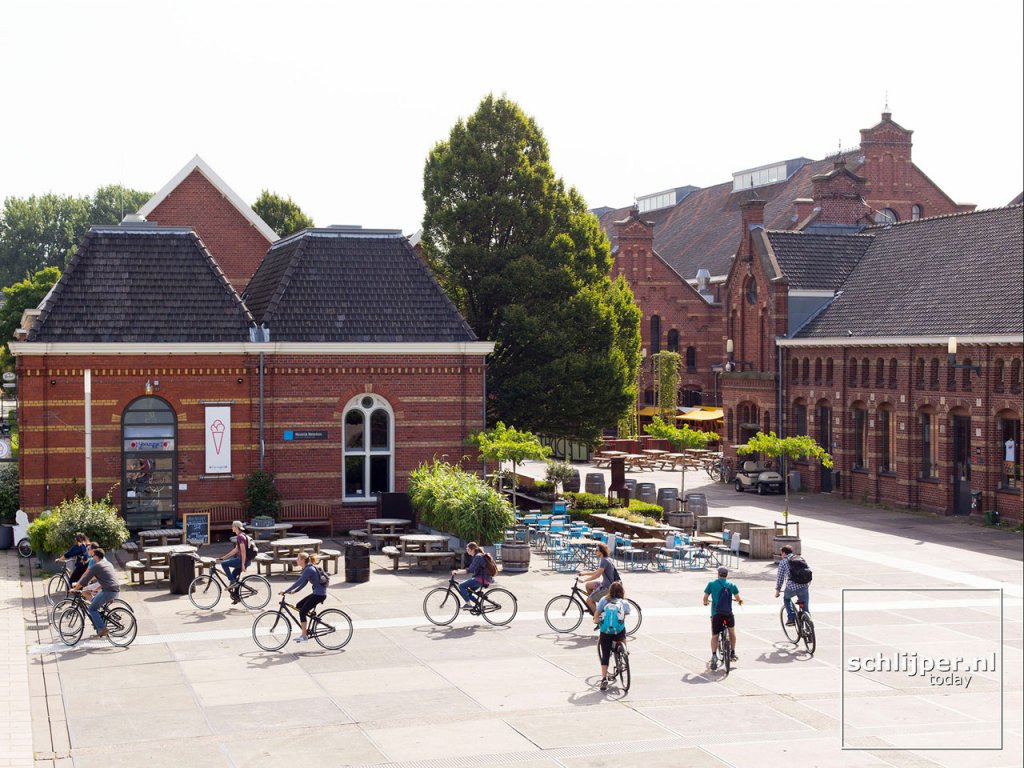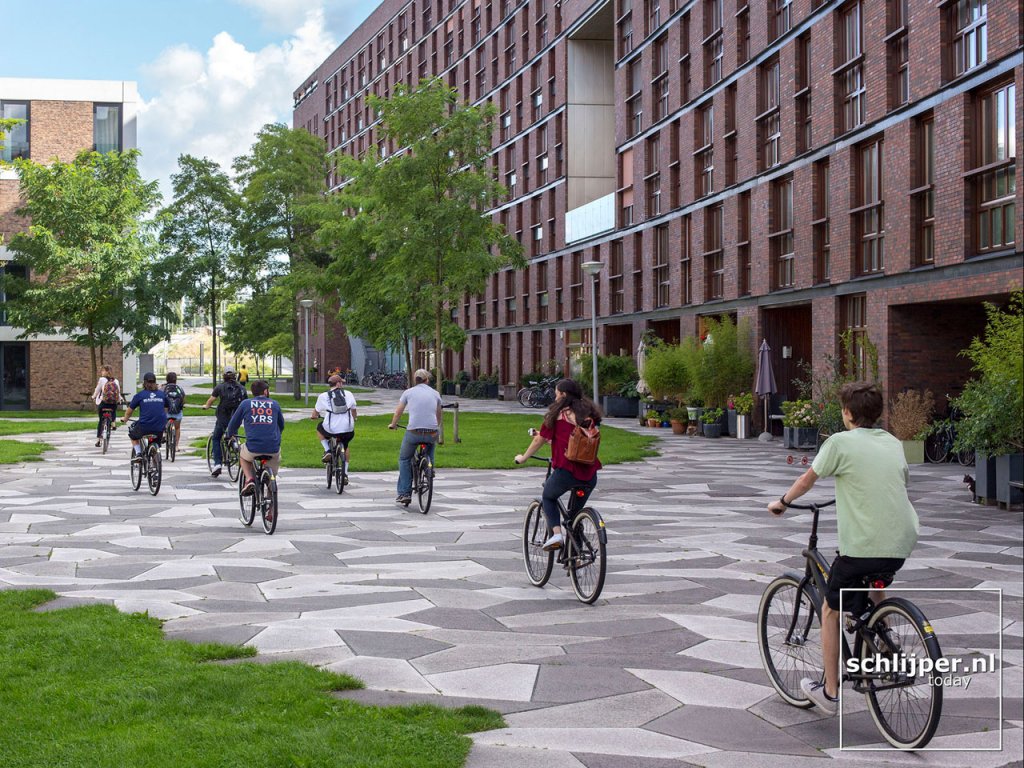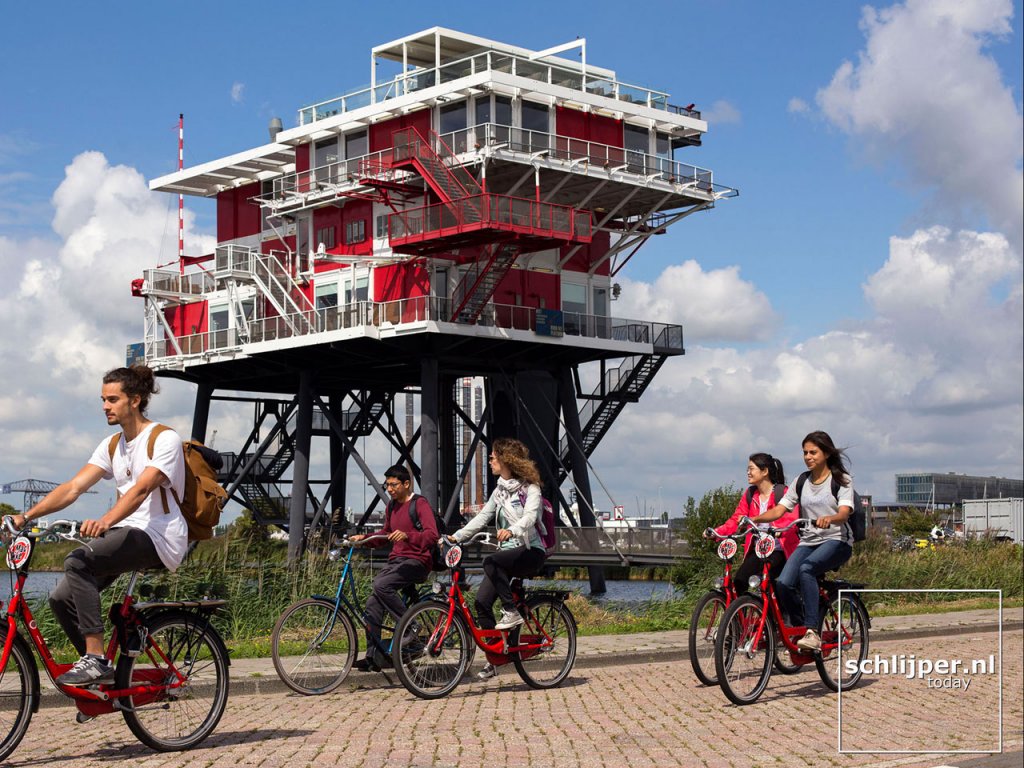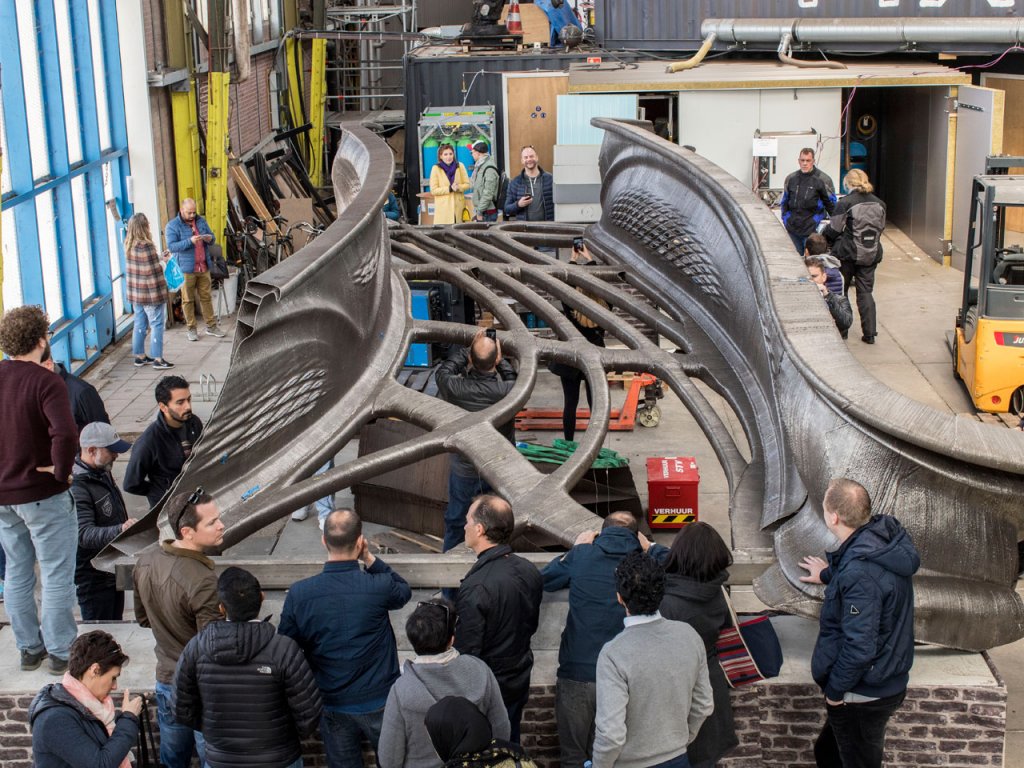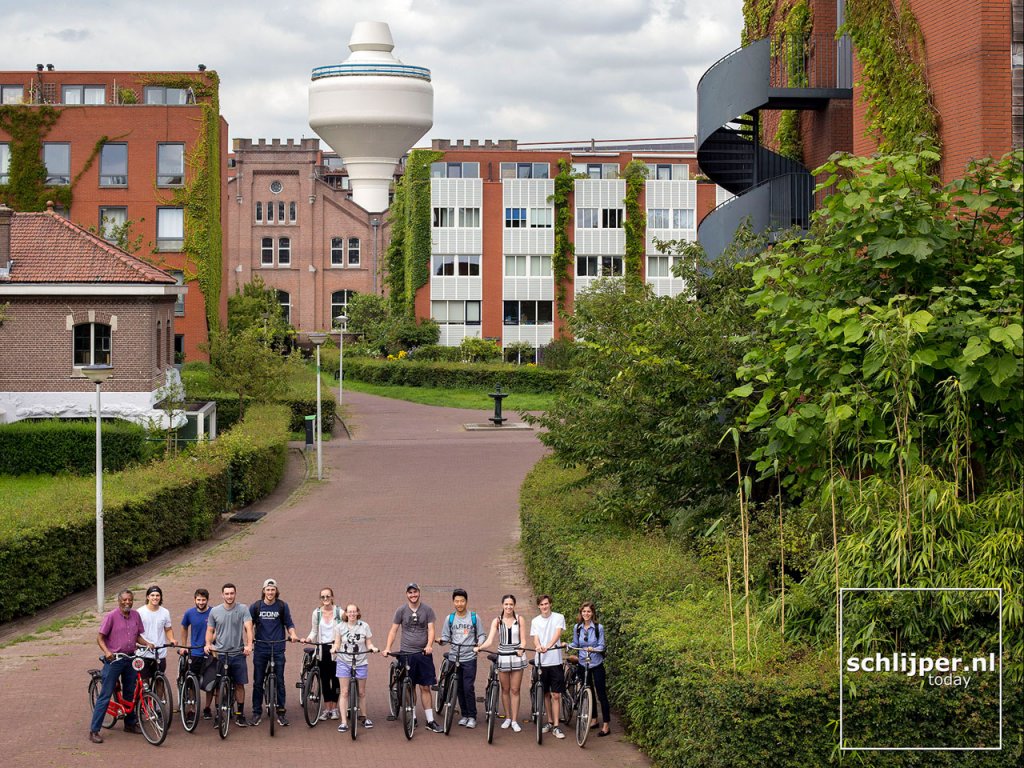Amsterdam Smart City
The Amsterdam Smart City initiative began in 2009 and currently counts with more than 5,480 innovators and over 280 projects collaboratively developed by residents, government and businesses. These projects run on an interconnected platform through wireless devices to enhance the city’s decision making abilities.
To promote efforts from local residents, the City runs the Amsterdam Smart City Challenge annually, accepting proposals for applications and developments that fit within the City’s framework.
Defined by a high level of interactivity with both residents and visitors, the projects of Amsterdam blend specific, very local issues with global topics and empower the citizens to accelerate its evolution, creating a positive feedback loop as, above all, smart cities need to be interactive cities.
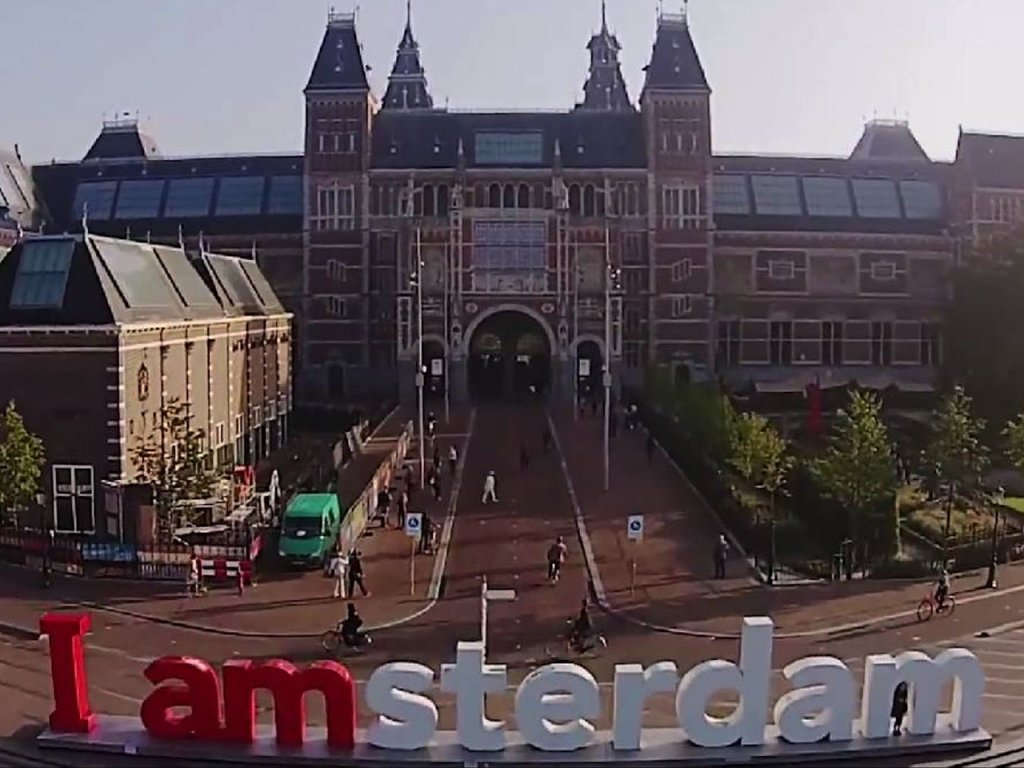
Just a Few of the Apps and Platforms of Amsterdam Smart City
An example of a resident developed app is Mobypark, which allows owners of parking spaces to rent them out to people for a fee. The data generated from this app can then be used by the City to determine parking demand and traffic flows in Amsterdam. Other initiatives include flexible street lighting (Smart Lighting) which allows municipalities to control the brightness of street lights, and smart traffic management where traffic is monitored in real time by the City and information about current travel time on certain roads is broadcast to allow motorists to determine the best routes to take.
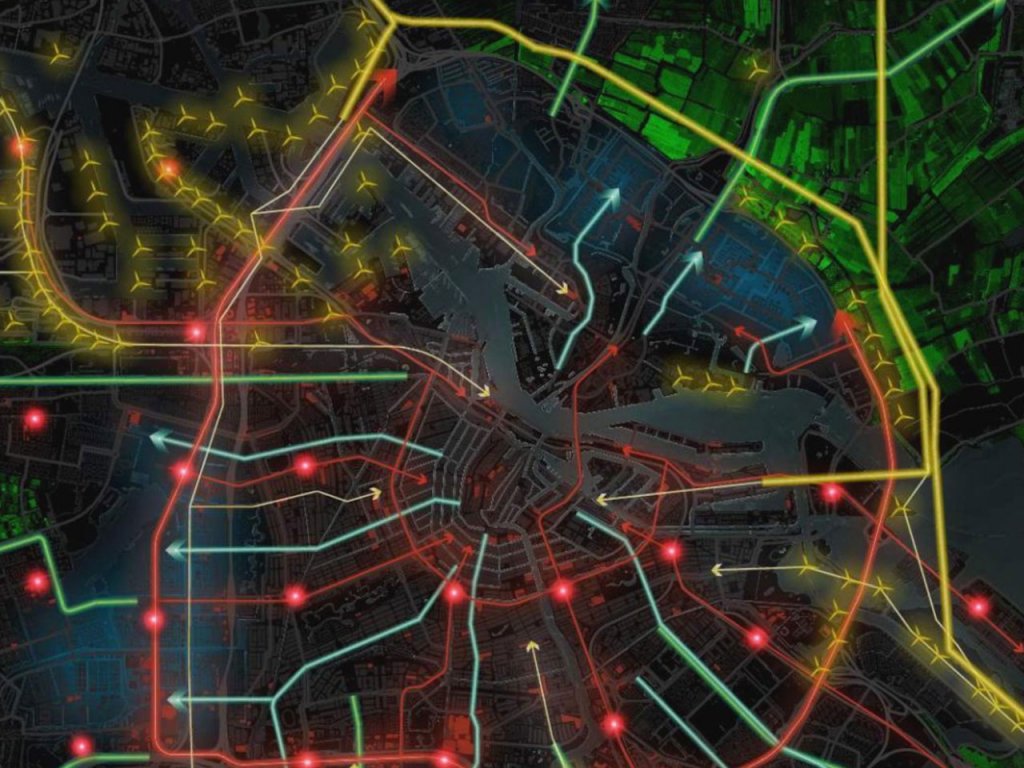
The very generous and ample Circular Amsterdam programme presents a framework of innovation processes in the city. The following projects lay a strong foundation with each other, by not only increasing knowledge in the circular economy, but also by experiencing what the transition from a linear to a circular economy means, and what this transition does or does not require, in terms of control and policy, in order to accelerate and scale up towards a Circular Amsterdam.
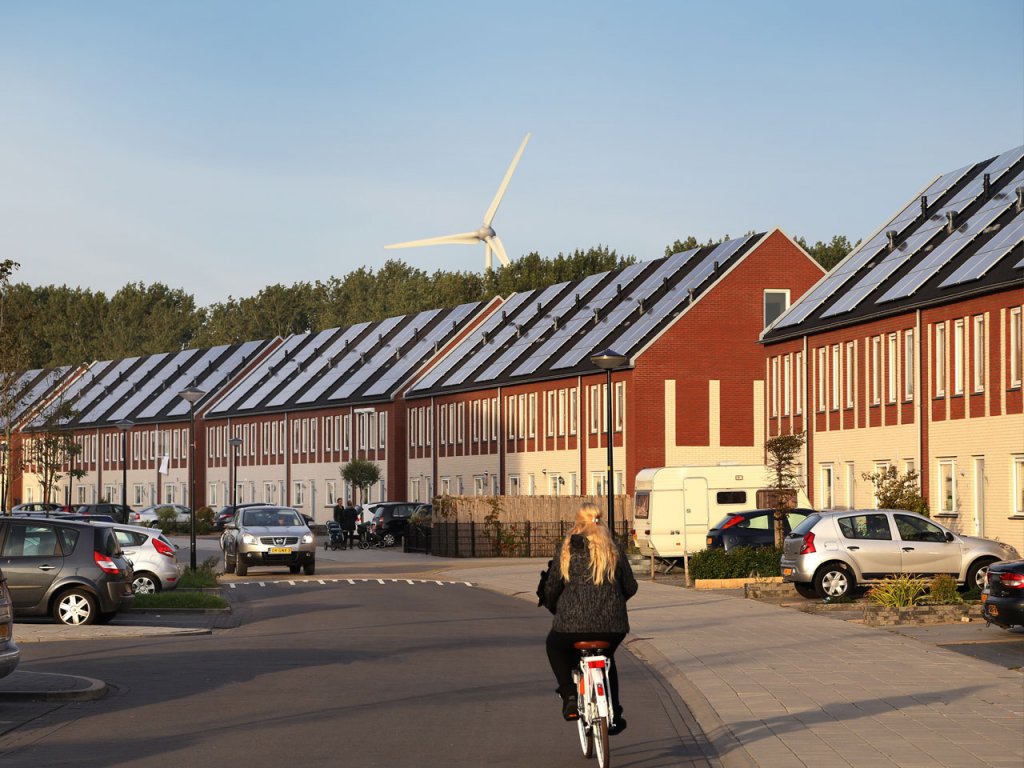
City-zen is a platform addressing clean energy: sun, wind, biomass or geothermal heat, and how a city can integrate the new energy solutions in existing buildings, systems and, last but not least, the lives of people, and how can overcome technical, economic or social barriers? The international consortium City-zen is learning-by-doing in 20 innovative projects in Grenoble and Amsterdam, through activities, building retrofitting, heating and cooling, creating smart grids, monitoring, offering integrated issues and responding to specific societal issues. The expected impacts of City-zen include 20 innovations in Grenoble and Amsterdam, 35,000 tonnes CO2 saved per year, 76,000 m² renovated residential buildings and 10,000 dwellings connected to a Smart Grid.
City Tours
Many of the innovation centres, buildings and smart city facilities can be discovered via specific guided tours that open the doors of many locations, reveal useful information and unlock the new layer of electronic connectivity via useful apps and online platforms that bring together the new thinking and the age-old city concepts.
Amsterdam Innovation Trail
“The Amsterdam Approach is famed for creating a comprehensive innovation ecosystem for addressing urban challenges. As the former European Capital of Innovation in 2016, Amsterdam aims to create a level playing field in which the municipality, corporations, knowledge institutions and citizens collaborate for innovation.”
With so many visitors interested in learning from the Amsterdam Approach, social innovation-think tank Kennisland and design research agency STBY designed the Innovation Trail aimed at learning from the places you visit and applying this to your own challenges. By showcasing the many examples of people and organisations that have overcome struggles by creating new opportunities to address complex challenges and simply trying things out, the Innovation Trail is a route created around the main centres of innovation approaches so that the visitor can go “where the action is”. The tour helps the visitors learn and reflect in context and it is also customisable according to the specific of the visitors, be them an industry, government or NGO delegation. “We can help you reframe problems, explore opportunities, and even aim for systemic change.”
The duration of the trail can be anything from a day to five days, and topics can be thematic: health, data, smart cities, social innovation or circular economy, for instance, or process-focused: reframing, scaling, disrupting.
Sustainable Amsterdam and SmartR City Tour
“Our walking, biking and boating tours are the perfect way to explore Amsterdam’s approach to urban development for livable cities. On these tours you will learn about smart urban design, innovative water management, renewable energy projects, and unique community initiatives. We will discuss the roles of government and civil society in making cities sustainable.”
The SmartR City tour shows how Amsterdam’s spatial and social infrastructure can complement and even replace technology to improve quality of life and accelerate economic growth: “The most comprehensive model of smart and sustainable cities identifies six main elements: people, governance, environment, economy, mobility and living. These elements are used to evaluate a city’s human and social capital, participative democracy, natural resource management, economic competitiveness, transport and quality of life. But rarely is such a holistic approach applied to describing and thinking about smart or sustainable cities. It is much more common to focus more narrowly on information communication technologies (ICTs), with the stated goals of improved urban functions and economic competitiveness.”
What sets Amsterdam apart as a smart city is the knowledge that technology is neither necessary nor sufficient condition for success and, to illustrate this point, the tour takes its participants to Amsterdam’s car-free neighbourhoods where prioritizing pedestrians and cyclists around communal spaces is a low-tech solution that forms the basis of safe, social and vibrant communities. Another reoccurring theme is the repurposing of industrial infrastructure for new and creative uses, like the city’s historic grain silos and its ship building yards that have been converted to housing and spaces for the new economy.
Published in IGLOO magazine | www.igloo.ro
